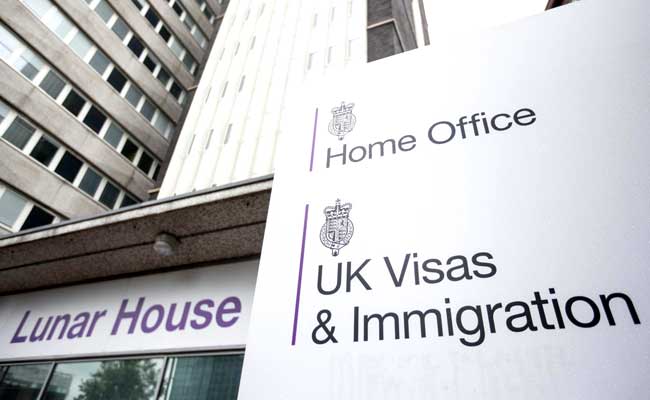UK
Briefing: New Home Office Policy on Statelessness

The Home Office’s new guidance on statelessness, as with its approach to other topics, both repeats some mistakes of the past and makes new ones. But the revised guidance also introduces some impressive improvements, which one can hope will make a real difference to the lives of stateless people in the UK. The Home Office introduced a statelessness determination procedure in 2013, through Part 14 of the Immigration Rules. This allows eligible stateless people to regularise their immigration status and access some of the benefits guaranteed under the 1954 Convention on the Status of Stateless Persons. Under Part 14, applicants can be recognised as stateless and granted leave to remain in the UK. If granted leave to remain under Part 14, stateless people are eligible for family reunification on a similar basis with refugees and have access to most (but sadly not yet all) the same benefits as refugees.
The duration of leave granted to persons under Part 14 was extended from two and a half to five years.
New provisions were added to Paragraph 403 – subparagraphs (e) and (f) – bringing in new requirements to be granted leave to remain as a stateless person. Paragraph 407 was amended to require that those granted indefinite leave to remain under Part 14 have had five years leave to remain as a stateless person, rather than a combination of different types of leave as had previously been possible.
The Home Office’s revised guidance on applications for leave to remain in the UK as a stateless person (Stateless leave, v3.0, 30 Oct 2019) brings several improvements which reflect stakeholder recommendations. It also brings some undesirable changes, and there are some remaining challenges.
Read more: Freemovement, https://is.gd/y6GaCX





